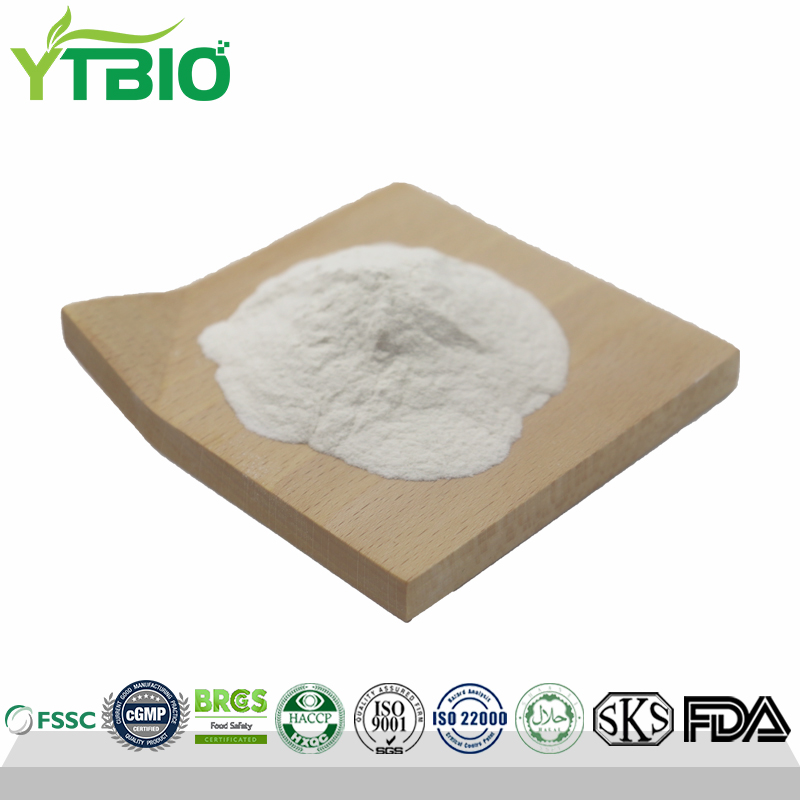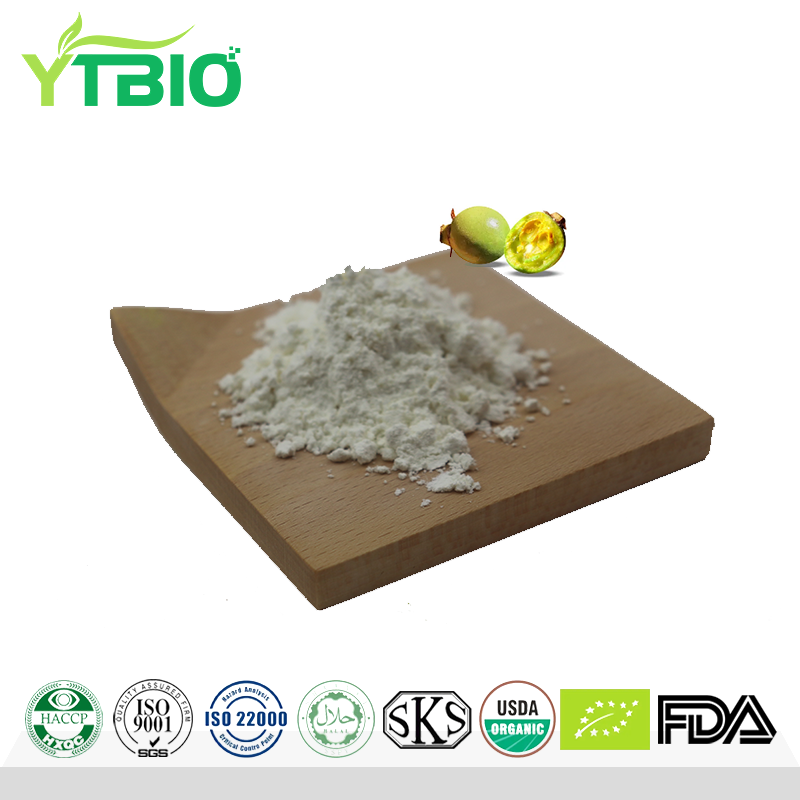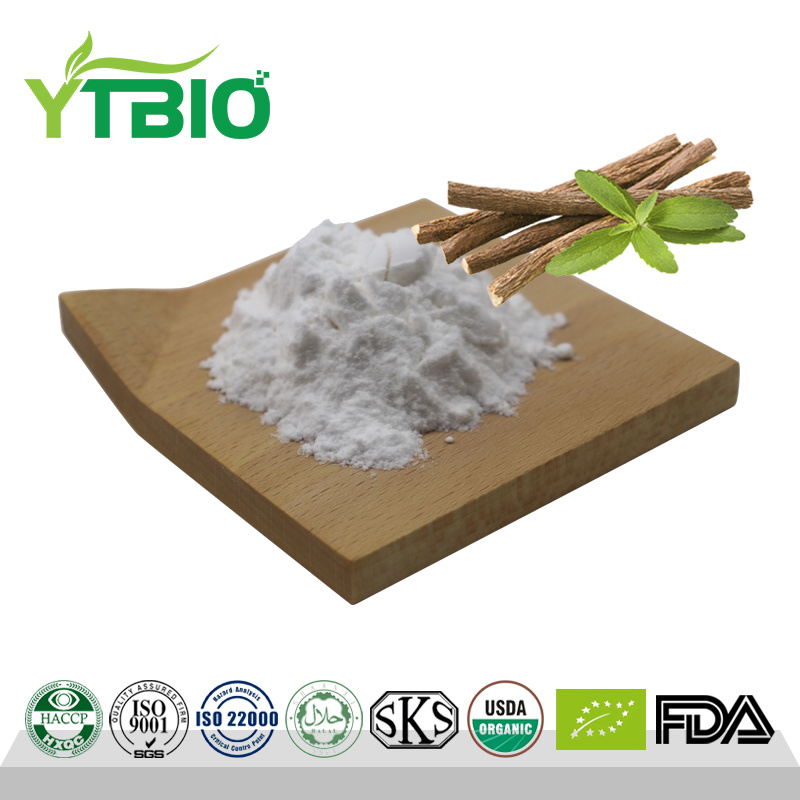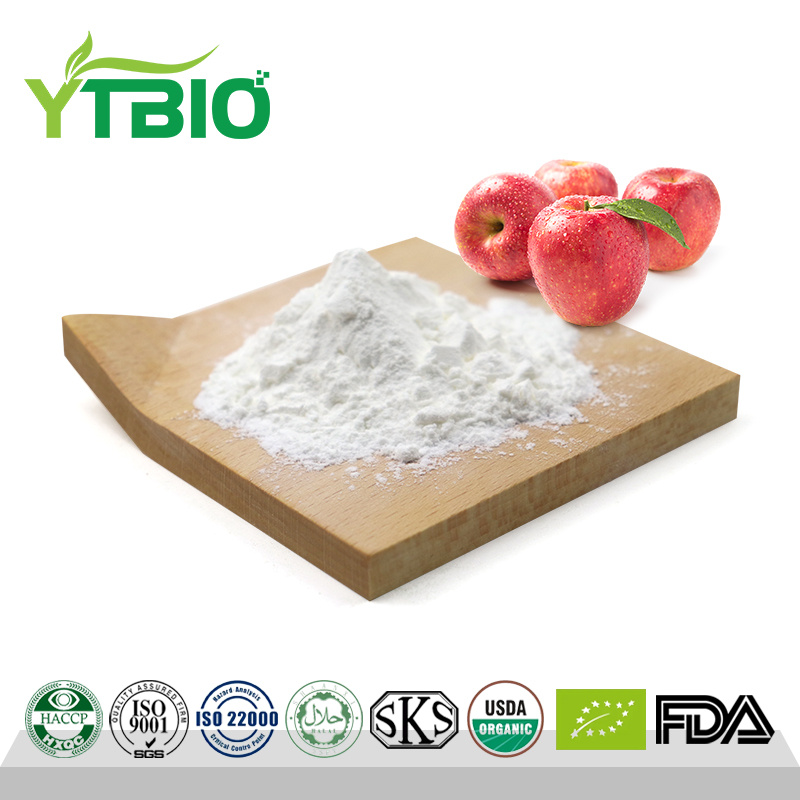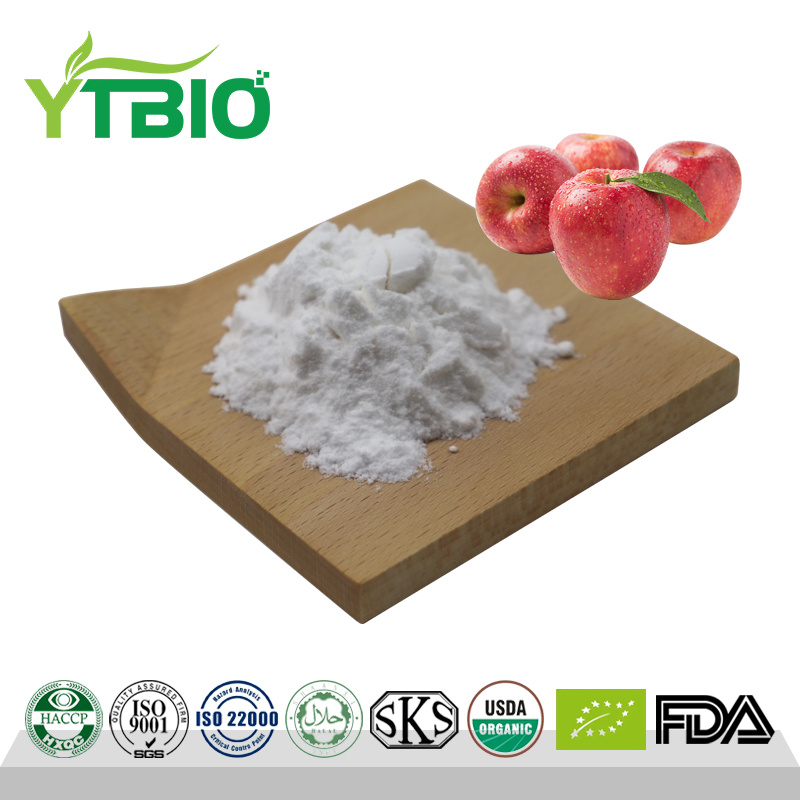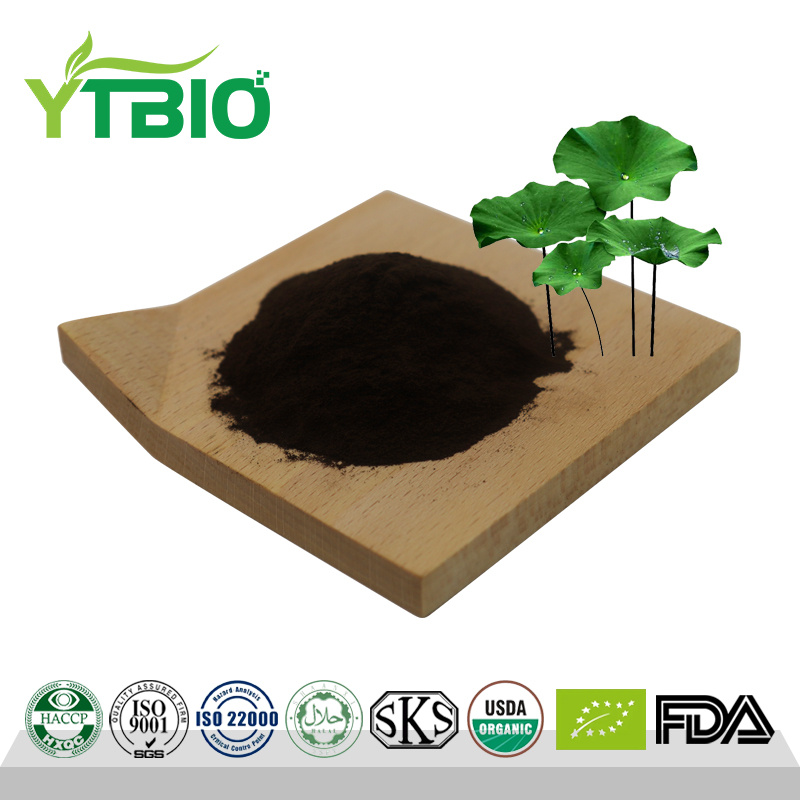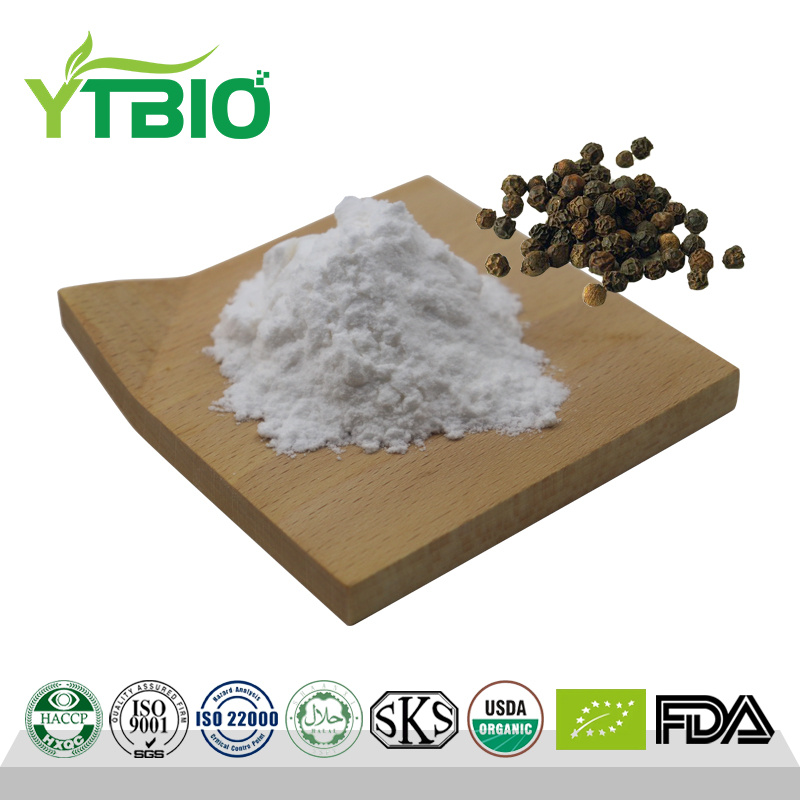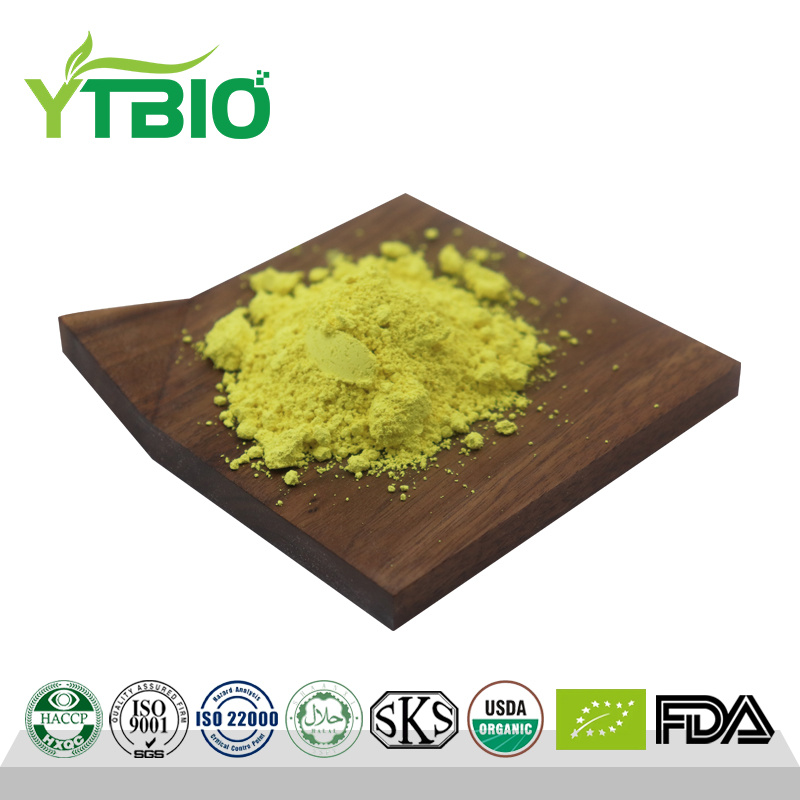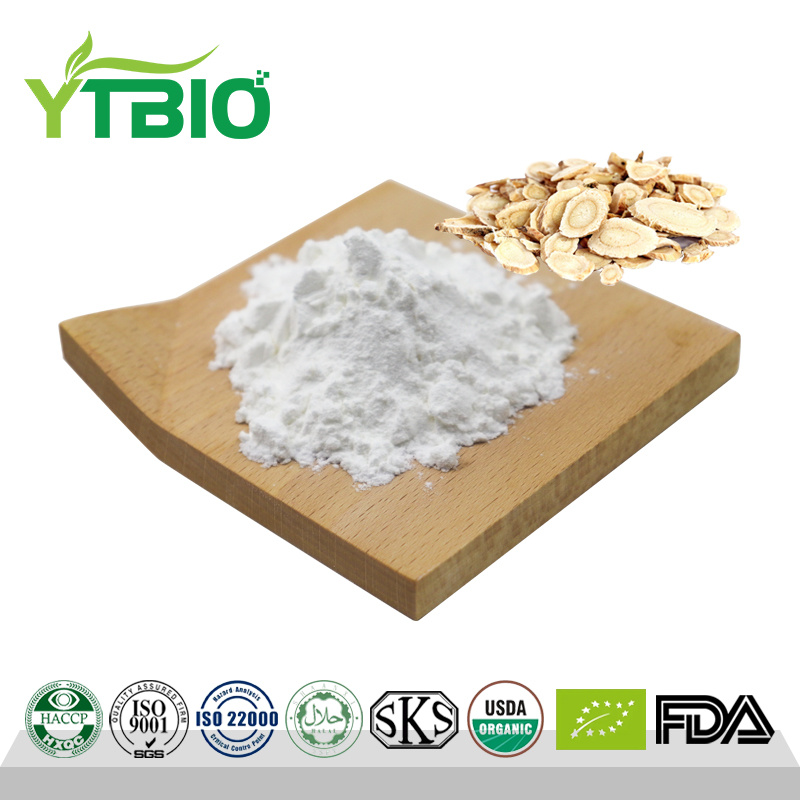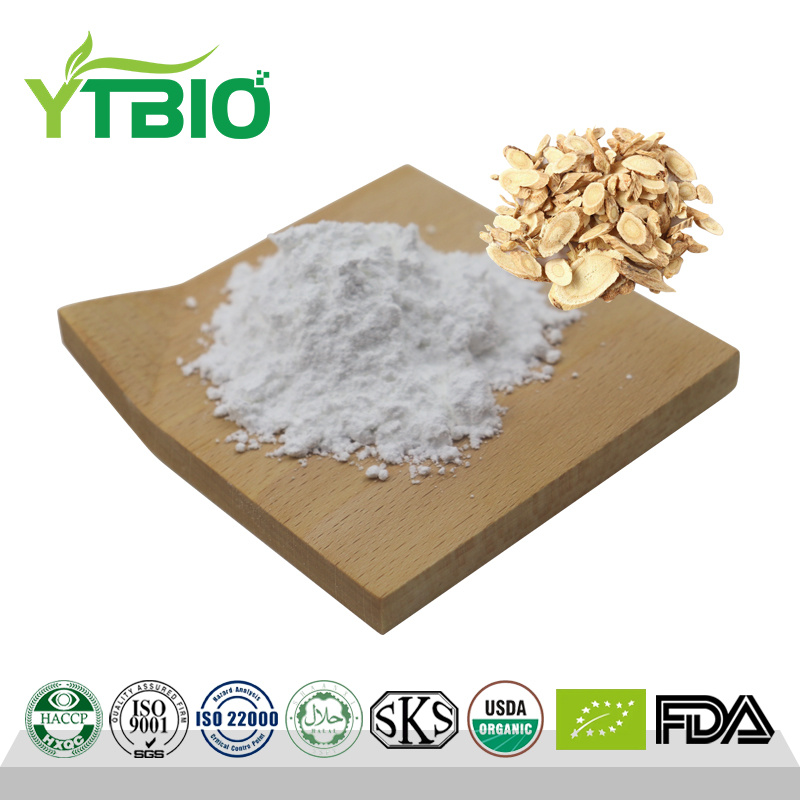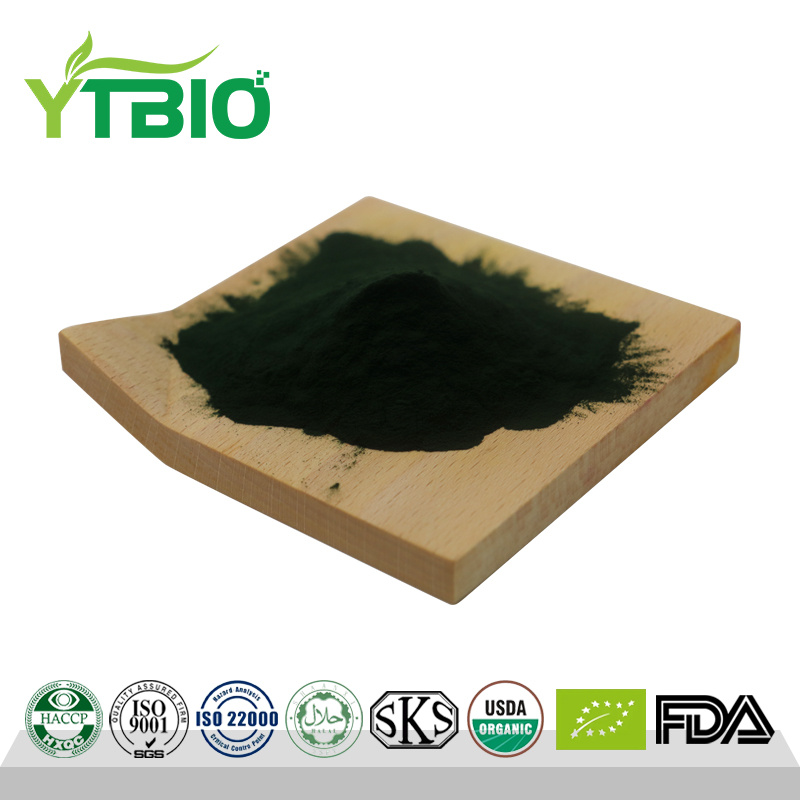E80,E568 sodium copper chlorophyllin powder
What is sodium copper chlorophyllin?
Sodium copper chlorophyllin is a dark green pigment powder produced through a semi-synthetic process. It is derived from natural plant materials such as silkworm droppings, clover, and alfalfa. These materials undergo extraction using organic solvents (such as acetone and methanol), followed by a metal substitution reaction in which the magnesium ion in the chlorophyll molecule is replaced by a copper ion. This is then subjected to alkaline saponification to remove methyl and phytol groups, ultimately forming a carboxylate disodium salt structure.
This modification process significantly enhances the pigment's stability—its light resistance surpasses that of natural chlorophyll and it can withstand temperatures below 110 °C. Additionally, it possesses excellent water solubility, forming a transparent blue-green solution. It is not soluble in oils but slightly soluble in ethanol.
As a food additive, its maximum usage in products such as pastries is limited to 1 g/kg. It may form a precipitate in acidic environments. This pigment series also includes derivatives such as sodium iron chlorophyllin and sodium zinc chlorophyllin, which are produced using the same process.
Efficacy and application
Food additives
Chlorophyll is one of the natural bioactive substances. Metalloporphyrin, as a derivative of chlorophyll, is the most unique of all natural pigments and has a wide range of uses.
Because natural chlorophyll is easily decomposed under heat, light, acid, alkali and other conditions, and is insoluble in water, its application is limited. Therefore, people modify the structure of natural chlorophyll into a stable metalloporphyrin structure. Sodium copper chlorophyllin, as a type of metalloporphyrin, has high stability. Metalloporphyrins are widely used in food additives, cosmetic additives, colorants, medicine, photoelectric conversion materials and other fields. Since sodium copper chlorophyllin is converted from chlorophyll, and natural chlorophyll has two structures, the composition and structure of its sodium copper salt are more complex. Sodium copper chlorophyllin as a metalloporphyrin is particularly concerned.

Cosmetics
It can be added to cosmetics as a colorant. Sodium copper chlorophyllin is a dark green powder, odorless or slightly odorless. The aqueous solution is transparent emerald green, and the color becomes darker as the concentration increases. It is light-resistant and heat-resistant, and has good stability. The pH value of 1% solution is 9.5~10.2. When the pH value is lower than 6.5, precipitation may occur when encountering calcium. It is slightly soluble in ethanol. It is easy to precipitate in acidic beverages. Its light stability is higher than that of chlorophyll, and it will decompose when heated to above 110°C. Sodium copper chlorophyllin is widely used in the cosmetics industry due to its stability and low toxicity.
Textile
With the increasing awareness of environmental protection and the increasing attention to health, the negative impact of synthetic dyes used in textile dyeing on human health and the ecological environment has attracted more and more attention. Using pollution-free green natural dyes to dye textiles has become a research direction for many scholars. There are few natural dyes that can be dyed green, and sodium copper chlorophyllin is a food-grade green pigment and a derivative of natural chlorophyll. The extracted chlorophyll can be refined by reactions such as saponification and copperization. It is a highly stable metalloporphyrin with a dark green powder and a slightly metallic luster.
Medical application
Due to its non-toxic side effects, it has broad application research prospects in the medical field. Pastes made of sodium copper chlorophyllin can accelerate wound healing when treating wounds. In daily life and clinical practice, it can also be used as an air freshener.
Free radical scavenging and anti-oxidation effects. Some researchers have studied the active ingredients in sodium copper salts, and the results show that there are two types with higher content, but it is not clear which structure is active. Since sodium copper chlorophyllin has the effect of scavenging free radicals, research is considering adding it to cigarette filters to remove various free radicals in smoke, thereby reducing its harm to the human body.


